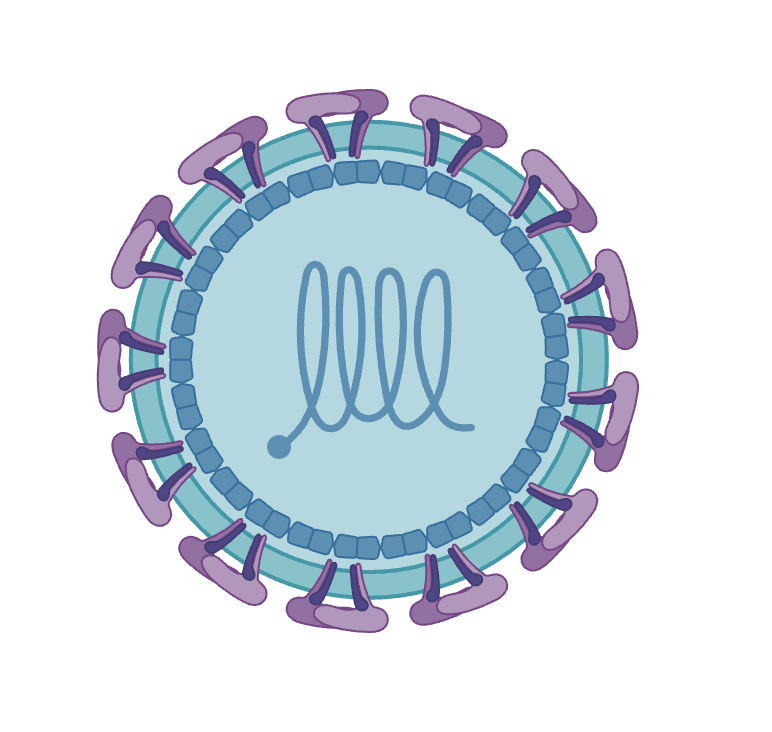Screening antiviral drugs is a complex and systematic process aimed at finding and evaluating drugs that can effectively inhibit virus replication and alleviate symptoms of viral diseases. The following is a general antiviral drug screening process:
one、 Determine screening targets and criteria
1. Determine screening targets: Based on factors such as the severity of the disease, the characteristics of the virus, and market demand, identify the types of antiviral drugs that need to be screened.
2. Develop screening criteria: Establish clear efficacy evaluation criteria, including antiviral activity, selectivity index (the ratio of the toxicity of the drug to virus-infected cells to its toxicity to normal cells), pharmacokinetic parameters, etc., in order to objectively and accurately evaluate the screening results.
two、 Sample preparation
1. Sample source: Select samples from natural product and synthetic compound libraries, or perform structural modification and optimization from known drugs.
2. Sample processing: Pre treat the selected samples to ensure they meet the requirements of the screening experiment, such as solubility, stability, etc.
three、 Experimental Design and Operation
1. Choose virus model: Select the appropriate virus model based on the target virus, including virus strain, infection route, etc. Different viruses may require different cell lines or animal models to simulate their infection process.
2. Cell culture: Select a suitable host cell line for cultivation to ensure that the cells are in a good growth state.
3. Viral infection: Inoculate the virus into host cells, allowing the virus to infect the cells and replicate.
4. Drug treatment: After viral infection, add the antiviral drug to be tested to the cells. Multiple drug concentrations are usually set to determine their dose-response relationship.
5. Observation and measurement: Use appropriate methods to observe the inhibitory effect of drugs on viral infections, such as cytopathic effect (CPE) observation, virus titer determination, virus protein or nucleic acid expression detection, etc.
four、 Data analysis and result interpretation
1. Data collection: Collect all data generated during the experimental process, including virus replication rate, cytotoxicity indicators, etc.
2. Statistical analysis: Conduct statistical analysis on the collected data, calculate parameters such as half maximal inhibitory concentration (IC50) and half maximal toxic concentration (CC50), and draw dose-response curves.
3. Interpretation of results: Based on statistical analysis results, identify drug molecules with potential antiviral activity and evaluate their selectivity index and safety.
five、 Subsequent research and development
1. In depth study of selected molecules: Further pharmacological validation and mechanism of action research will be conducted on the selected molecules to clarify their antiviral mechanisms.
2. Preclinical studies: Conduct preclinical studies such as toxicology and pharmacokinetics to evaluate the safety, efficacy, and metabolic pathways of drugs in animals.
3. Clinical trials: Under the premise of complying with ethical norms, drug therapy trials are conducted on humans to observe the efficacy and safety of drugs, providing scientific basis for drug marketing.
six、 Technology and Methods
Various techniques and methods can be used in the screening process of antiviral drugs, including:
Screening method based on cytopathic effects: Determine the antiviral activity of drugs by observing their inhibitory effect on viral infected cell lesions.
Screening method based on virus proliferation inhibition: Evaluate the antiviral activity of drugs by measuring their inhibitory effect on virus proliferation.
High throughput screening technology: using automated equipment and data analysis software to quickly screen a large number of compounds, improving screening efficiency.
Gene expression based screening method: Screening antiviral drugs by measuring changes in intracellular gene expression profiles after drug treatment.
In summary, antiviral drug screening is a multidisciplinary and technology intensive process that requires the comprehensive application of knowledge and technical means from multiple fields such as biology, chemistry, pharmacology, etc. With the continuous advancement of science and technology and the optimization of innovative drug development strategies, the efficiency and success rate of antiviral drug screening will be further improved.
Share on:
Facebook
Twitter
Pinterest
WhatsApp
Recent posts
We recommend


